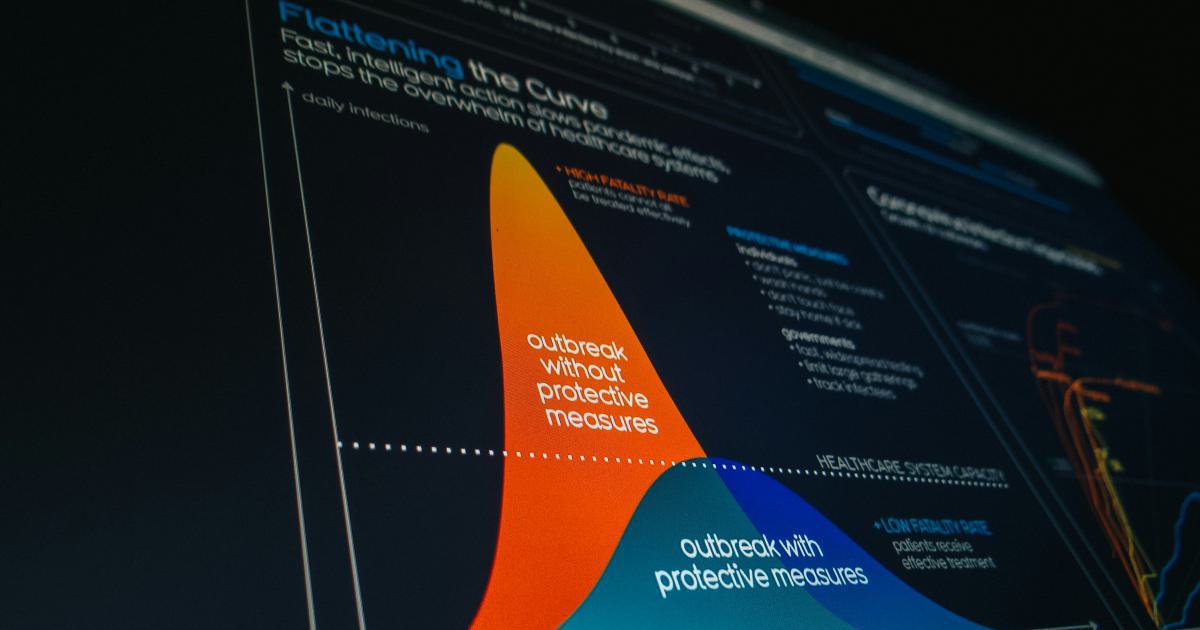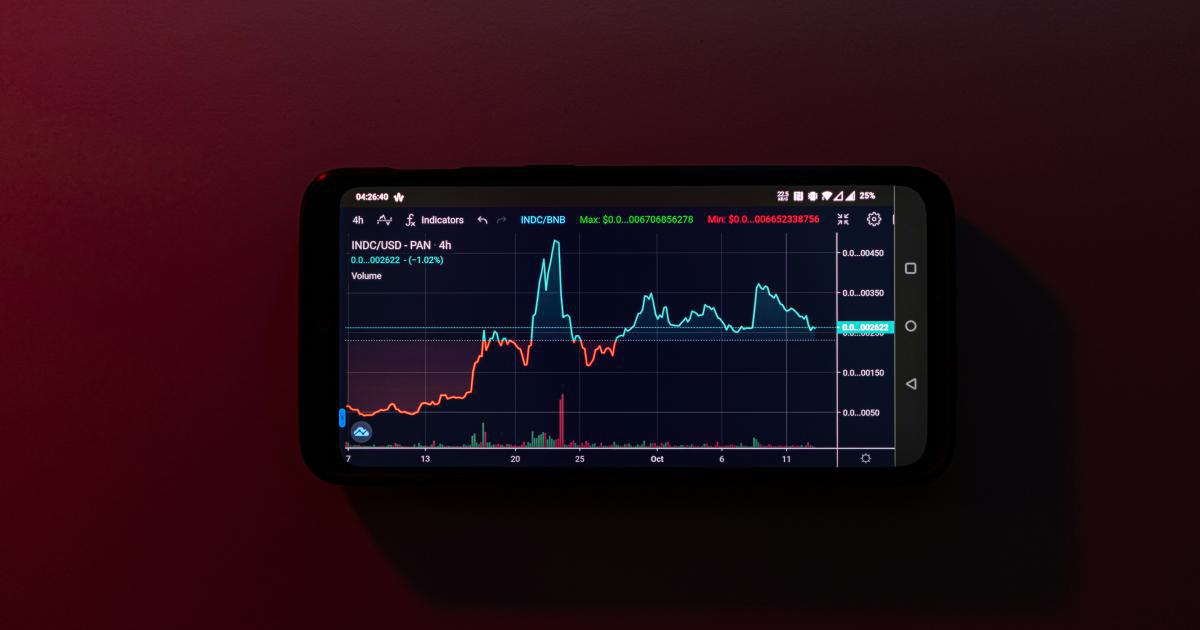Revive Engagement with Seamless Scroll Depth Metrics


Understanding the Importance of Scroll Depth Metrics
In the ever-evolving digital landscape, where attention spans are fleeting and competition for users' focus is fierce, it has become increasingly crucial for businesses to understand and optimize the engagement of their audience. One of the most insightful metrics for this purpose is scroll depth – a powerful tool that can reveal crucial insights into how users interact with your content.
Scroll depth refers to the distance a user scrolls down a web page, expressed as a percentage of the total page length. This metric provides valuable information about the level of engagement and interest your content is generating. By analyzing scroll depth data, you can gain a deeper understanding of which parts of your content are most engaging, where users are losing interest, and how to refine your strategy to keep them captivated.

The Significance of Scroll Depth Metrics
Scroll depth metrics can be a game-changer in your content strategy, offering a wealth of insights that can help you enhance user engagement and drive better business outcomes. Here are some of the key reasons why scroll depth metrics are so crucial:
Engagement Measurement: Scroll depth provides a tangible indicator of how engaged your audience is with your content. By tracking how far users scroll, you can identify which parts of your content are resonating most and where they are losing interest.
Content Optimization: Analyzing scroll depth data can help you identify areas for improvement in your content, allowing you to refine and optimize it to better meet the needs and preferences of your audience.
Conversion Insights: Scroll depth can be a useful predictor of user behavior and conversion rates. By understanding where users are dropping off, you can make informed decisions about the placement of key calls-to-action or other conversion-focused elements.
Audience Behavior Insights: Scroll depth data can provide valuable insights into your audience's behavior, such as their reading patterns, content consumption habits, and content preferences. This information can inform your overall content strategy and help you create more engaging and relevant content.
Competitive Advantage: By leveraging scroll depth metrics, you can gain a competitive edge by understanding how your content performance compares to your industry peers, allowing you to identify areas for improvement and outshine your competition.

Measuring and Interpreting Scroll Depth Metrics
To harness the power of scroll depth metrics, you need to have a solid understanding of how to measure and interpret the data. Let's dive into the key aspects of this process:
Tracking Scroll Depth
There are several tools and techniques you can use to track and measure scroll depth on your website. Here are a few of the most popular options:
Google Analytics: Google Analytics offers built-in scroll depth tracking capabilities, allowing you to view the percentage of users who reach various scroll depth thresholds (e.g., 25%, 50%, 75%, 100%).
Custom Event Tracking: You can set up custom event tracking using JavaScript or a tag management system like Google Tag Manager to capture detailed scroll depth data, such as specific scroll positions or scroll events.
Third-Party Tools: There are various third-party tools, such as Hotjar, Lucky Orange, and Mouseflow, that provide advanced scroll depth tracking and visualization features.
When setting up your scroll depth tracking, make sure to define the appropriate thresholds and events that align with your content and business goals. This will ensure that the data you collect is meaningful and actionable.
Interpreting Scroll Depth Data
Once you have your scroll depth data, it's time to analyze and interpret the insights it provides. Here are some key considerations:
Average Scroll Depth: The average scroll depth percentage across your website or specific pages can indicate the overall engagement level of your content. A high average scroll depth suggests that users are engaging deeply with your content.
Scroll Depth Visualization: Visualizing the scroll depth data, such as through heatmaps or scroll depth graphs, can help you identify patterns and pinpoint areas where users are dropping off or engaging the most.
Scroll Depth Segmentation: Analyzing scroll depth data across different user segments, such as new vs. returning visitors, mobile vs. desktop users, or referral sources, can reveal valuable insights about how various audience groups interact with your content.
Conversion Correlation: Examining the relationship between scroll depth and conversion rates can help you understand the impact of user engagement on your desired outcomes, such as lead generation, sales, or content downloads.
Benchmarking and Comparison: Comparing your scroll depth metrics to industry benchmarks or your competitors can provide valuable context and help you identify areas for improvement.

Leveraging Scroll Depth Data for Content Optimization
Once you have a solid understanding of your scroll depth metrics, the real work begins – using these insights to optimize your content and improve user engagement. Here are some strategies to consider:
Content Structure and Organization: Analyze your scroll depth data to identify where users are losing interest or dropping off. Use this information to restructure your content, improve the flow and layout, and ensure that your most valuable content is positioned in the most engaging areas.
Headline and Introduction Optimization: Craft attention-grabbing headlines and introductions that draw users in and compel them to continue scrolling. Test different approaches and measure the impact on scroll depth.
Visual Content Placement: Strategically place visually compelling elements, such as images, videos, or infographics, at key points throughout your content to keep users engaged and scrolling.
Calls-to-Action Positioning: Leverage scroll depth data to determine the optimal placement for your calls-to-action, ensuring that they are visible and accessible to users who have engaged with your content.
Content Length and Formatting: Use scroll depth insights to strike the right balance between concise, scannable content and more in-depth, comprehensive information. Experiment with different content lengths and formatting to see what resonates best with your audience.
Personalization and Segmentation: Tailor your content and user experience based on scroll depth data, providing personalized recommendations, content variations, or targeted offers to different user segments.

Overcoming Challenges and Maximizing Scroll Depth Metrics
While scroll depth metrics can be immensely valuable, there are also some challenges and considerations to keep in mind when leveraging this data:
Addressing Scroll Depth Limitations
Device and Platform Differences: Scroll depth can be influenced by various factors, such as device type, screen size, and platform. Ensure that you account for these differences in your data analysis and optimization strategies.
Content Length and Scrollability: Longer content or pages with infinite scrolling can make it difficult to interpret scroll depth data, as users may not reach the end of the page. Consider incorporating clear page breaks or scroll-to-the-bottom triggers to capture more accurate data.
Engagement vs. Attention: High scroll depth doesn't necessarily equate to high attention or engagement. Users may scroll quickly through content without truly engaging with it. Combine scroll depth data with other metrics, such as time on page or content consumption, to get a more holistic view of user engagement.
Potential Skewed Data: Factors like website design, user intent, or technical issues can lead to inaccurate or skewed scroll depth data. Regularly audit your tracking implementation and data quality to ensure you're working with reliable information.
Maximizing the Impact of Scroll Depth Metrics
Integrate with Other Metrics: Combine scroll depth data with other user engagement metrics, such as bounce rate, session duration, and conversion rates, to gain a more comprehensive understanding of your content's performance and its impact on your business goals.
Leverage Audience Segmentation: Analyze scroll depth data across different user segments, such as new vs. returning visitors, device types, or traffic sources, to uncover valuable insights and tailor your content strategies accordingly.
Experiment and Iterate: Continuously test and experiment with different content structures, formats, and optimization techniques based on your scroll depth data. Monitor the results and make iterative improvements to your content and user experience.
Communicate Insights Effectively: Translate your scroll depth data into actionable insights that can be easily understood and acted upon by your teams, whether it's content creators, marketers, or decision-makers.
Align with Business Objectives: Ensure that your scroll depth optimization efforts are closely aligned with your overall business goals, such as increasing lead generation, driving sales, or improving customer engagement.

Conclusion: Unlocking the Power of Scroll Depth Metrics
In today's highly competitive digital landscape, understanding and optimizing your audience's engagement is crucial for the success of your content and business. Scroll depth metrics offer a powerful tool to unlock valuable insights, enhance user experience, and drive better outcomes.
By leveraging scroll depth data, you can:
- Measure and analyze the level of engagement your content is generating
- Identify areas for content optimization and improvement
- Gain deeper insights into your audience's behavior and preferences
- Correlate scroll depth with key conversion metrics and business goals
- Outshine your competition by delivering a more engaging and personalized user experience
As you embark on your journey to revive engagement with seamless scroll depth metrics, remember to approach it with a data-driven mindset, continuously experiment and iterate, and align your efforts with your overarching business objectives. By mastering the art of scroll depth optimization, you can unlock a new level of content engagement and propel your digital success to new heights.